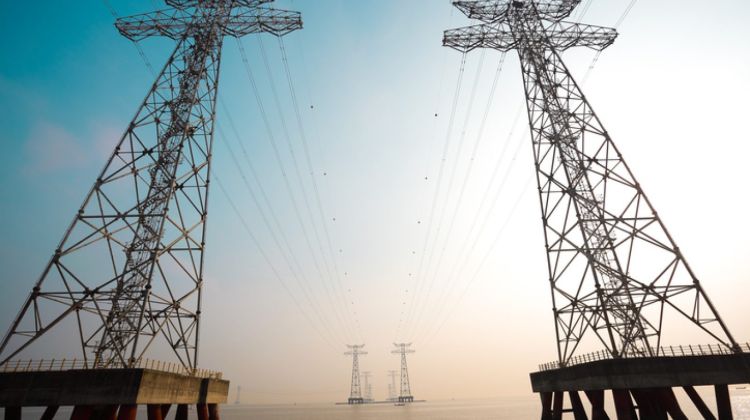Infra
Scotland’s electricity network ‘urgently’ needs upgrade

Scottish Renewables has reaffirmed that Scotland “urgently” needs to invest in its electricity network to become net zero ready.
In a new report titled, Why investing in electricity transmission infrastructure is a priority for Scotland, the trade body emphasised the need for more pylons, power lines and substations to cut Scottish energy bills, bolster energy security and address climate change.
The grid in Scotland was designed to connect to a handful of fossil-fuel plants transmitting high volumes of electricity and is ill-equipped to handle a multitude of smaller renewable generation sites.
Following a recent survey by the trade body which found that 64% of Britain’s population support the development of new grid infrastructure, the report highlighted a number of benefits to investing in Scotland’s electricity network, including:
Lower consumer bills
Electricity produced by renewables is considerably cheaper than that produced by gas. The Energy and Climate Intelligence Unit (ECIU) recently revealed that even if inflation increases offshore wind costs to £60/MWh, this would still be substantially cheaper than wholesale electricity (largely set by gas stations) which is forecast to remain at £90-100/MWh.
Building more powerlines, substations and pylons will widen access to this cheap renewable electricity.
Bolster energy security
Being less reliant on imported energy due to an abundance of ‘home-grown’ renewable energy will help insulate Scotland from another energy crisis brought on by international affairs, such as the war in Ukraine.
To achieve this, Scottish Renewables said it must upgrade its electricity network so that it is capable of transmitting more electricity where and when it is needed.
“The UK’s electricity network is not fit for purpose,” said Nick Sharpe, director of communications and strategy at Scottish Renewables.
“While the deployment of cheap renewable energy generation has increased fourfold over the past ten years, investment in Britain’s transmission grid have flatlined, and has even decreased since 2017.
“Electricity demand is set to increase by 50% in the next decade and double by mid-century so it’s therefore wrong to say that Scottish households don’t need more power lines, pylons and substations, we need them to keep our homes warm and ensure the lights stay on.
“Groups and individuals who object to the construction of power lines, pylons and substations largely do so because they do not like the way they look.
“By the end of this year, there will be just over 70 months left to achieve our targets of 11GW offshore and 12GW onshore wind. To ensure we maximise the enormous socioeconomic benefits this will bring to local communities, we will need a grid fit for the 21st century.”





